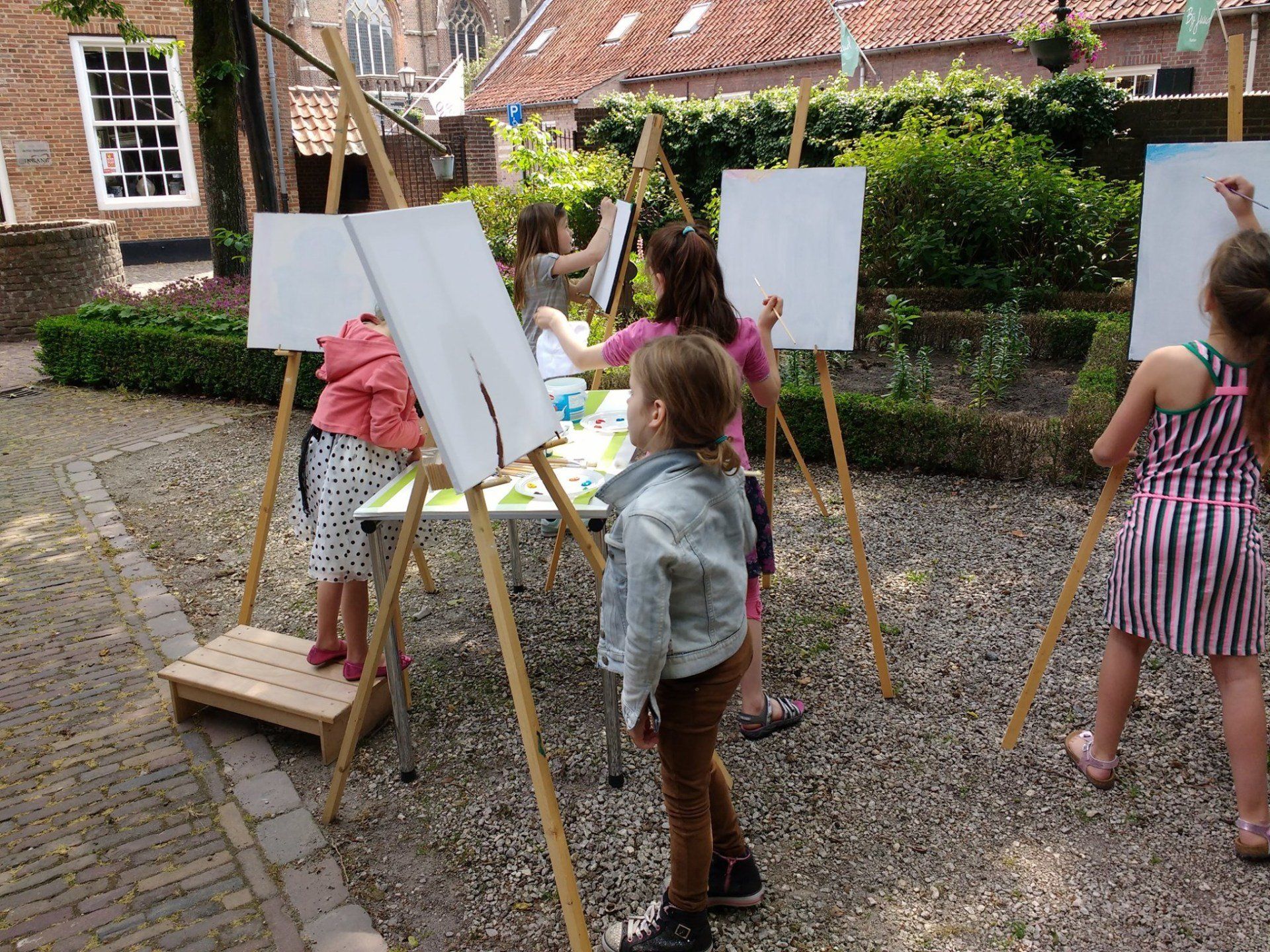
Have your bread buttered on both sides
Groups 5 through 8
Where does milk that you buy in the supermarket come from? How does the cow make the milk? These are just a couple of the questions that get answered in the 'Have your bread buttered on both sides' project; all about dairy farming then and now. The museum runs this project in collaboration with a few dairy farms for the three oldest groups of primary schools in Oirschot, Best and Breugel.
The pupils visit the museum and the dairy farm with their class and are given tasks to carry out which centre on the senses. By touching, tasting and smelling, milking and feeding a cow, brushing a calf, the pupils learn about the things a cow experiences. The project appeals to children and is in line with their view of life. They learn not only how milk and butter are made, but also get to know the museum through play.
Costs: € 4,50 per pupil
School projects
Out and about with Jet and Jan, being young in 1910
Group 5
The 'Out and about with Jet and Jan, being young in 1910' project gives primary school pupils in Group 5 a picture of what life was like around 1910. This project centres around the story of Jet and Jan. In the preparatory lessons at school, the pupils get to know children of their own age, but in 1910. However, the history of their own region only really becomes tangible during their visit to Museum de Vier Quartieren. The high point of the visit is the activities circuit, with such things as writing with a slate pencil, grinding coffee beans, darning socks, whipping up suds and doing the washing. In the follow-up lessons back at school, the children hear the second part of the story.
Costs: € 3,00 per pupil
Register
Museum treasures Groups 5 through 8
The museum is a treasure trove of objects that for one reason or another are worth preserving. But what is ‘worth’ actually? The 'Museum treasures' project searched for the answer.
Before visiting the museum, the pupils first consider the question: what makes an object worth preserving, or valuable? An object is valuable not only because it's literally worth a lot of money; it's also valuable if it's very rare, for example, or because there's an unusual story behind it.
After this introductory lesson, it's off to visit the museum. The pupils are given a clear assignment and split up into groups to go searching for an object that represents a certain value. The pupils will view old objects (heritage) differently after the 'Museum treasures' project.
Teaching materials : One book per class, containing a guide for the teacher, work pages for Groups 5/6 and 7/8 and the voucher for a free visit to the museum.
Subjects: Orientation on yourself and the world, orientation on the arts.
Themes: Museum visit, awareness of value.
Duration: Preparation 40 minutes, museum visit 60 - 90 minutes, follow-up lesson 30 - 90 minutes.
Locations: classroom and museum.
Costs: free. Registrations for school year 2021-2022 are possible starting from Tuesday 1 June 2021 using the application form on the Erfgoed Brabant website.
Register
Workshops and courses
It's possible to organise workshops and courses in the museum. Our artist-teachers give lessons in drawing and painting, in the beautiful setting of the museum, and you can get to work using great materials and a variety of techniques. Let us help you put together a really nice programme for this.
It's a wonderful activity for schools, companies, staff outings and organisations, offering lots of creativity and both old and modern techniques in painting. Felting is just one of the many other possibilities. Make it even better by combining it with a visit to a museum or art gallery.
Get in touch with us without obligation.



